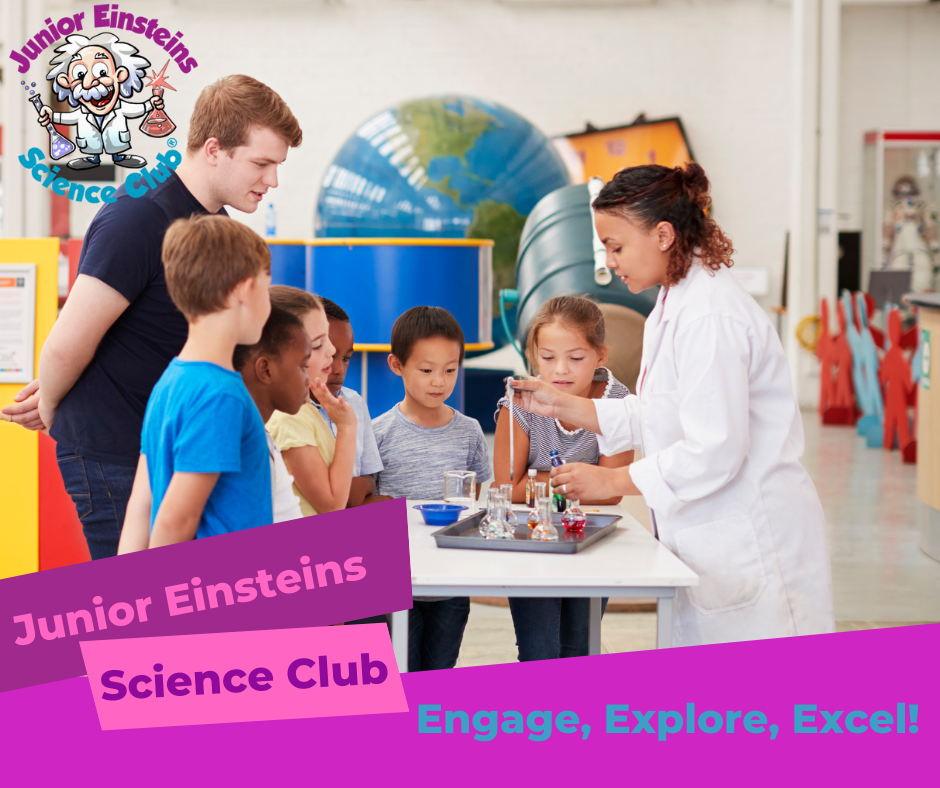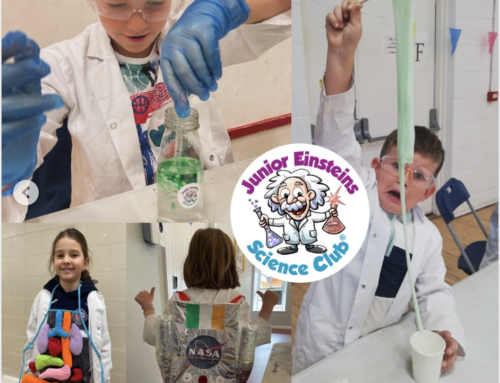Creating a STEM Ecosystem: Collaborations and Partnerships for Impact
In the ever-evolving landscape of STEM education, one thing has become abundantly clear: success isn’t a solitary endeavour. To truly make a difference and ignite a passion for science, technology, engineering, and mathematics (STEM) in children, building a supportive ecosystem through collaborations and partnerships is paramount. Creating a STEM Ecosystem: Collaborations and Partnerships for Impact; At Junior Einsteins Science Club, we understand that our mission to inspire young minds wouldn’t be possible without the power of teamwork and shared goals. In this blog post, we explore the importance of creating a STEM ecosystem and the profound impact it can have on the future of education.
The Power of Collaboration
1. Bridging Gaps in Education
- Collaborating with schools allows us to bridge the gap between formal education and extracurricular activities. Together, we can create a seamless learning experience that reinforces classroom teachings while making them more engaging and practical.
2. Diverse Expertise
- Partnerships with educators, scientists, and professionals bring diverse expertise to the table. This diversity enriches the learning experience by exposing children to a wide range of perspectives and career opportunities within STEM fields.
3. Access to Resources
- Schools, communities and businesses ( biotech, pharmaceutical, Medical Device Companies, Healthcare Technology (HealthTech) Companies , Agricultural Biotechnology Companies, Environmental Biotechnology Companies, Renewable Energy Companies, Science Museums, Universities ) often have facilities that can enhance and facilitate our STEM programs. Our collaborations bring even more STEM events to children in our communities.
Empowering Communities
1. Reaching Underserved Populations
- Collaborating with community organisations helps us reach underserved populations, ensuring that all children have access to high-quality STEM education, regardless of their background or socioeconomic status. Companies such as the types mentioned above often invite Junior Einsteins Science Club in as part of their corporate responsibility to bring STEM to local children.
2. Building Local Networks
- Partnering with local community groups creates a network of support for students and parents. It fosters a sense of belonging and encourages a sense of pride in the community’s achievements in STEM education.
3. Real-World Applications
- Community partnerships can offer real-world applications of STEM concepts. Whether through hands-on projects, or workshops, children can see how STEM relates to their everyday lives.
Leveraging the Strengths of Organisations
1. Complementary Programs
- Collaborating with other organisations in the STEM space allows us to offer complementary programs. For instance, Junior Einsteins Science Club partnering with a Science Museum can enhance their hands-on, interactive science offerings.
2. Amplified Impact
- When like-minded organisations join forces, the collective impact is greater. Together, we can advocate for STEM education and influence policy changes that benefit students and educators alike.
In conclusion, creating a STEM ecosystem through collaborations and partnerships is not just beneficial; it’s essential for the future of education. Junior Einsteins Science Club is committed to working hand-in-hand with schools, communities, and organisations to inspire the next generation of innovators and problem solvers. Together, we can cultivate a love for STEM that will shape the leaders and thinkers of tomorrow.






